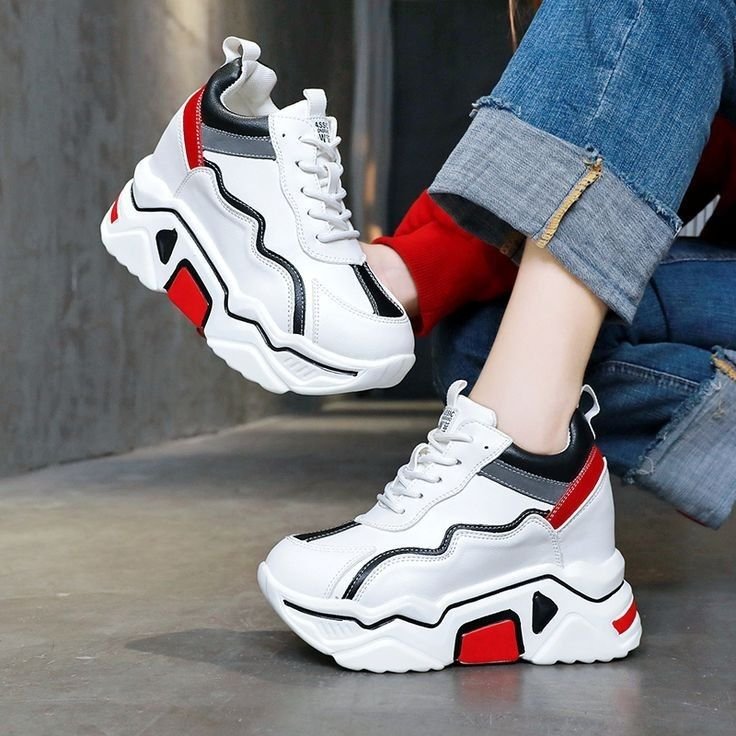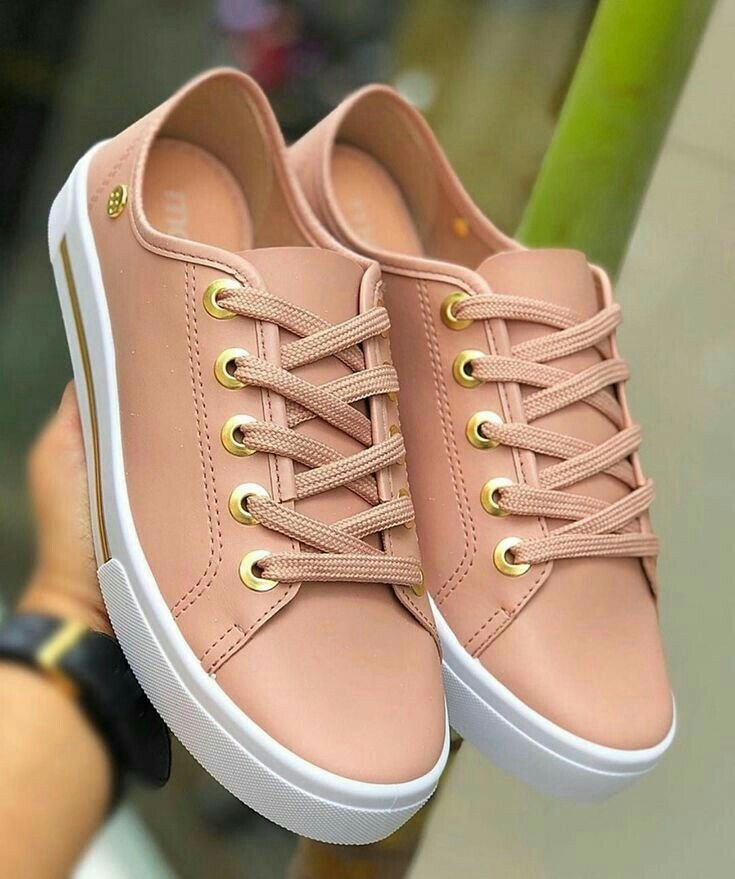

Understanding Different Types of Footwear Materials
Footwear is crafted from a variety of materials, each offering distinctive characteristics that influence both aesthetic appeal and functional performance. Among the most traditional materials is leather, known for its durability and ability to mold to the foot’s shape, providing both comfort and support. Leather footwear often comes in several finishes, including top-grain, full-grain, and corrected-grain, each presenting its own advantages and drawbacks. While leather is water-resistant to some extent, it can be prone to water damage and staining if not properly treated, necessitating specific care routines involving conditioning and waterproofing agents.
Another popular material is suede, which, although offering a softer texture and luxurious appearance, is also more susceptible to challenges such as stains and wear. Suede shoes often require specialized cleaning products to maintain their appearance, as water exposure can cause irreversible damage. It is essential for wearers to protect suede with sprays that provide water and stain resistance.
Canvas, typically found in casual shoes such as sneakers, provides a lightweight and breathable alternative to leather and suede. While canvas is generally more affordable and machine washable, it lacks the durability of leather and is more prone to markings and stains. Prompt cleaning with mild soap and water is recommended to maintain its freshness. Lastly, synthetic materials, which include a broad range of polymers, mimic both the appearance and feel of natural materials, offering advantages such as being easy to clean and water-resistant. However, some synthetic shoes may lack breathability, leading to discomfort over prolonged use. Recognizing the unique care needs of different materials is vital for maintaining footwear in optimal condition, ensuring longevity and appearance over time.
Daily Care Techniques for Footwear
Maintaining the longevity of footwear requires a consistent daily care routine. One of the primary practices is to clean shoes regularly. This doesn’t necessarily mean an intensive cleaning session every day; instead, it involves simple practices such as removing dirt and debris after each wear. Utilizing a soft brush or a damp cloth can help in dislodging dirt particles that can cause scuffing or scratching. For specific materials like leather or suede, employing specialized cleaning solutions is advisable to preserve the texture and appearance.
Another crucial aspect of footwear care is proper storage. Shoes should be kept in a cool, dry place away from direct sunlight, which can lead to fading and drying out of materials. Using a shoe box or an organizer not only protects footwear from dust but also helps maintain their shape. Additionally, incorporating shoe trees into storage can significantly enhance the lifespan of shoes. Shoe trees help in maintaining the shoe shape, absorb moisture, and reduce odor. They are particularly beneficial for leather shoes, which can deform over time without proper support.
Rotating footwear is also essential in a daily care regimen. Wearing the same pair of shoes for consecutive days can lead to accelerated wear and tear, as well as moisture buildup inside the shoes. By alternating between several pairs, the materials have a chance to recover and air out adequately, significantly prolonging their lifespan. It is equally important to regularly inspect footwear for any signs of damage. Addressing minor repairs such as loose threads or minor scuffs at an early stage can prevent more significant issues from developing. Keeping footwear looking polished enhances overall presentation and ensures comfort, maintaining both functionality and aesthetic appeal.
Seasonal Footwear Maintenance Tips
Proper maintenance of footwear throughout the changing seasons is crucial in extending their life and maintaining their appearance. Each season introduces unique weather conditions and challenges that require specific care techniques. Understanding these differences not only protects your investment but also ensures that you can enjoy your favorite pairs for many years.
In winter, boots are subjected to harsh elements such as snow, ice, and slush. To maintain their integrity, it is advisable to treat them with a weather-resistant protectant specifically designed for your boot material, whether it be leather, suede, or synthetic. Regularly wiping off any moisture and dirt buildup after each wear prevents stains and deterioration. It is also important to let boots air dry naturally; direct heat sources can cause irreversible damage. For additional protection, consider using rubber overshoes during particularly wet conditions.
As summer approaches, sandals and lighter footwear require a different approach. While some sandals may be suitable for wet environments, others benefit from regular checks for wear and tear due to increased exposure. Cleaning sandals with mild soap and water, followed by thorough drying, can help maintain hygiene and appearance. Make sure to store sandals in a cool, dry place away from direct sunlight, as prolonged exposure can warp the materials and fade colors.
During seasonal transitions, monitoring footwear condition is paramount. Inspect shoes for damage, clean meticulously, and apply the appropriate protectants depending on the incoming weather patterns. When putting away off-season shoes, ensure they are clean and dry to prevent mildew. A professional cleaning and conditioning service annually can also rejuvenate high-quality footwear, making them ready for their next seasonal debut. By paying attention to the specific care requirements dictated by each season, you can significantly enhance the longevity and performance of your collection.
Repairing and Restoring Your Footwear
Footwear maintenance extends beyond regular cleaning and conditioning; it also encompasses the repair and restoration of shoes to maintain their longevity and appearance. Common issues such as sole separation, scuff marks, and worn-out insoles can render a pair of shoes uncomfortable or unattractive. Fortunately, many of these problems can be addressed with a few straightforward DIY techniques or professional repair services.
One prevalent issue, sole separation, can often be resolved at home by using a quality adhesive specifically designed for footwear. Ensure that the bonding surfaces are clean and free of old adhesive before applying the new glue. To compress the surfaces together, a clamp or weight can be utilized for better bonding. Scuff marks can be treated with a variety of products, from dedicated shoe cleaners and creams to rubbing alcohol or a gentle eraser. Identifying the appropriate solution is vital to avoid further damage to the material.
Worn-out insoles are another common issue that can affect both comfort and foot health. Replacing insoles is a simple and cost-effective solution that can enhance the fit and feel of the shoe. Many stores offer various insole options, from general-purpose to orthotic alternatives tailored for specific needs.
While DIY repairs can be effective for minor issues, some problems necessitate professional assistance. Broken heels, significant damage to leather, or complex repairs are better handled by experienced cobblers. Engaging a professional ensures that shoes receive specialized treatment, potentially extending their lifespan significantly.
Opting for repair and restoration not only saves money but also contributes to environmental sustainability. By revitalizing favorite pairs instead of discarding them, individuals reduce waste and lessen their ecological footprint. Armed with the right tools and knowledge, anyone can effectively repair and restore their footwear, preserving both cherished items and contributing positively to the environment.